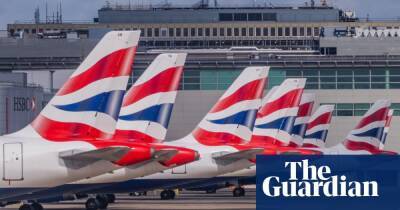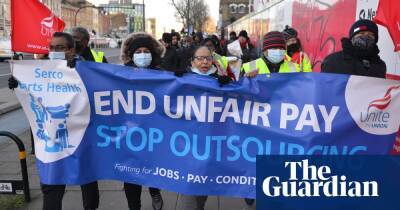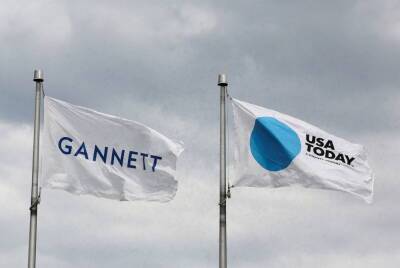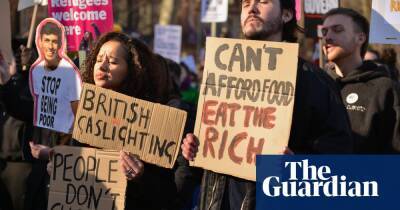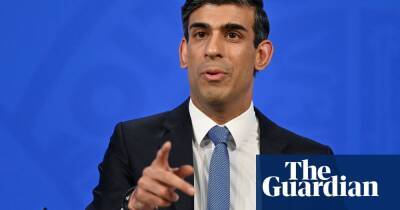Inflation may pose a tougher challenge than the end of Covid restrictions
The UK labour market was hit by two big shocks towards the end of 2021 – the end of the government’s furlough scheme and the arrival of the Omicron variant.
The good news from the latest official data is both were negotiated without the feared lengthening of the dole queues. Employment is up, job vacancies are at a new record high and the unemployment rate is down.
The bad news is that the challenge posed by rising inflation looks like it will prove to be a tricker hurdle to surmount than the end of the furlough or the restrictions that were imposed by the four nations of the UK in response to Omicron.
When the Bank of England held off from raising interest rates last November it did so because it wanted to judge the impact of ending wage subsidies. The evidence is now in: there is nothing in the latest figures to stay the hand of Threadneedle Street’s monetary policy committee. Borrowing costs have been raised at the MPC’s last two meetings and will go up again.
The tightness of the labour market means average earnings are rising at an annual rate of more than 4%. That’s because demand for workers as businesses recover exceeds supply. The number of people in employment is more than 500,000 below its pre-pandemic level, largely due to a fall in self-employment. Older workers have left the workforce, many of them on health grounds. This combination of factors means employees are in a stronger bargaining position than they might have expected a year ago, when the economy was locked down and the furlough still in place.
But earnings would need to rise by even more to keep pace with rising prices. Inflation hit a 30-year high of 5.4% in December and will rise still further over the coming months, which means the squeeze on real
Read more on theguardian.com

